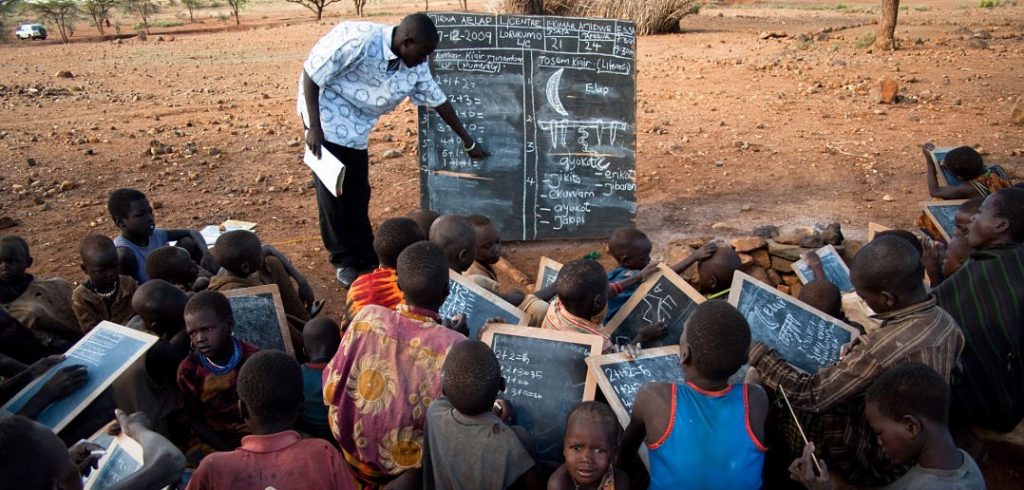At the heart of a country’s prosperity is human resource. This is a function of a working education system that builds capacity among the citizens to innovate, produce, create jobs and meet the ever-expanding skill gaps that are often filled by foreign expatriates.
However, the sector stills suffers gross understaffing, poor teacher/lecturer remuneration, low capitation grants for students, inhabitable school infrastructure with some rural school still teaching without basic materials such as chalk, classrooms, furniture and textbooks.
A survey by Twaweza East Africa casts doubts on whether the 2019/2020 Budget allocation of Ushs3.2 trillion – a paltry 10% of the cake will make a significant change in the state of affairs the education sector is grappling with.
Among the issues raised in the survey are the huge school fees and other excessive financial contributions that schools demand of parents that have not only increased school dropouts at Primary and Secondary School level but also halved the number of students that make it to universities every year.
On top of the skyrocketing school fees, eight of 10 parents (81%) say they continue to pay money to schools for a range of purposes, including tuition for extra classes (68%), food (60%), school books or other materials (58%), construction work (57%) or to support volunteer teachers (48%).
Parents also decried the distances students and pupils trek daily to schools but the budget has a remedy for this. According to sectoral allocation for education in the budget, there is a plan to have government Primary School per Parish and a secondary school per Sub-County.
What remains to be resolved is the absenteeism of teachers at government schools, girl dropouts due to pregnancies and child marriages. The Twaweza survey reveals that 95% of Ugandans want girls who become pregnant to continue with their education; either by continuing in school while pregnant (13%), returning to school after giving birth (74%), or transferring to a different school (7%).
The budget also misses basic supplies for adolescent girls such as sanitary towels that according to research, contribute to the high school dropout in rural areas.
The budget also highlighted a phased-manner construction and establishment of technical and vocational institutes per district with a special focus on “completing outstanding works” as opposed to supporting innovation and creativity.
This is parallel to what parents want for their children when they take them to school in the first place. According to the research findings, parents say the main reasons for sending their children to school are “to give them a good future” (73%) or “so that they can learn” (59%).
Even the quality of education is still lacking in several fronts particularly practical and vocational training partly due to low technology equipments and the inexperienced staff instructing the practical courses.
Although the budget points to several motivations for student success such as awarding certificates or diplomas to successful candidates in national examinations, emphasis ought to placed on the quality of research, staff retention and remuneration – areas the 2019/20 budget leaves unattended.
